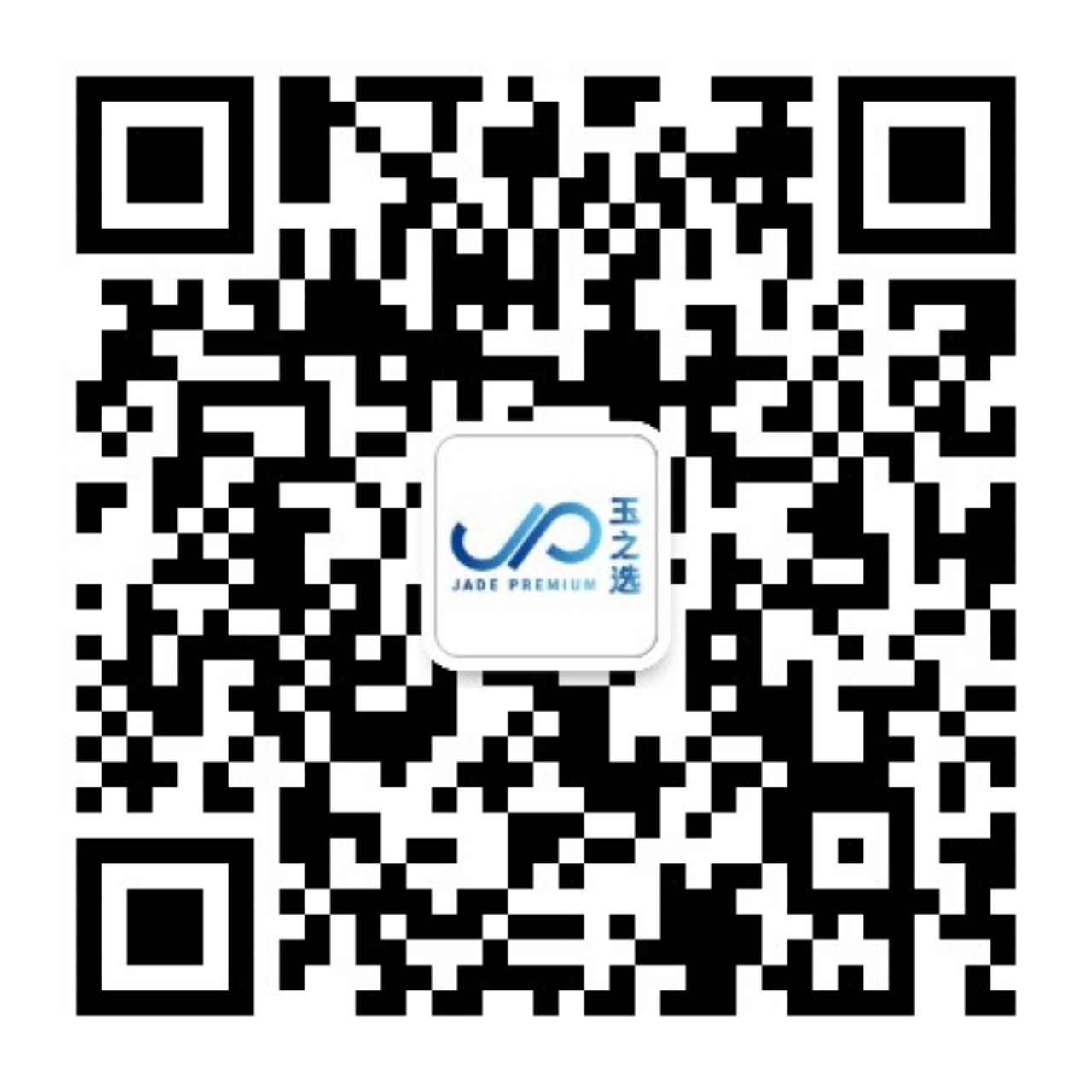Exporting Food to Singapore
2024-12-16Singapore is a country that places high importance on food safety and has strict testing requirements for imported food products.
I. Regulatory Framework
Singapore’s food imports must comply with several regulations, including:
Sale of Food Act
Environmental Public Health Act
Feed Act
Fisheries Act
These laws comprehensively govern the production, sale, and safety of food, setting out the fundamental requirements for food circulation in the Singapore market. All exported food must comply with these legal standards.
The Food Regulations detail the permissible types and maximum limits of food additives allowed in foods imported into or manufactured in Singapore. They also set residue limits for veterinary drugs, heavy metals, toxic substances, antibiotics, hormones, and mycotoxins in seafood and other food categories.
II. Inspection Items
1. Microbiological Testing
Foods must comply with stringent microbiological standards. Test indicators include:
Total plate count
Coliforms
Salmonella
Staphylococcus aureus
Vibrio parahaemolyticus
Vibrio cholerae
These are tested to ensure the products are not contaminated with harmful microorganisms.
2. Chemical Residue Testing
(1) Pesticide Residues
Foods containing vegetables or plant-derived ingredients (e.g., aquatic products with vegetables) must be tested for pesticide residues such as dichlorvos, methamidophos, phorate, etc.(2) Veterinary Drug Residues
Animal-based foods must be tested for antibiotic and sulfonamide residues. For example:Frozen pufferfish must meet the standard limits for tetracyclines, oxytetracycline, and chlortetracycline.
Farmed aquatic products must be tested for amoxicillin, doxycycline, and similar compounds.
(3) Heavy Metal Content
Testing is required for lead, cadmium, mercury, arsenic, etc. For instance, frozen shellfish must be monitored for lead and cadmium levels to avoid exceeding safe limits.
3. Food Additive Testing
Testing ensures that:
Only permitted food additives are used.
Additives are within the specified maximum levels.
Example: Sulfur dioxide levels in frozen shrimp and crab must comply with Singapore’s standards.
4. Toxin Testing
(1) Shellfish Toxins
Shellfish products must be tested for paralytic shellfish toxins (PST) and diarrhetic shellfish toxins (DST) to ensure they are within safety limits.(2) Mycotoxins
Products susceptible to mold (e.g., grains, nuts) must be tested for mycotoxins such as aflatoxins, which can cause liver damage and other health issues.
5. Nutritional Content Testing
Testing for protein, fat, carbohydrates, vitamins, and minerals ensures:
Nutritional labels are accurate.
Products comply with Singapore’s labeling laws and nutritional regulations.
III. Market Access Requirements in Singapore
1. Company Registration Requirements
(1) Product Categories Subject to Registration
Singapore requires foreign manufacturing facilities of specific food products to be registered. This includes pork, lamb, beef, poultry, and their derivatives, as well as egg products.
Note: All beef products, regardless of beef content percentage, must be registered.(2) Enterprise Certification Standards
Companies must meet the “Accreditation Criteria for Overseas Slaughterhouses and Meat/Egg Processing Establishments”, which outlines:Facility design and equipment
Pest control
Sanitation practices
Meat and egg processing procedures
Heat treatment machine operation
Food safety management systems
(3) Veterinary Health Requirements for Specific Products
Exporting companies of meat, meat products, and egg products must also comply with veterinary health conditions.
For processed egg products, the requirements include:No outbreaks of highly pathogenic avian influenza (HPAI) in the country of origin in the 3 months prior to export.
No outbreaks of low pathogenic H5 or H7 subtype avian influenza in the same period.
Eggs must be cleaned using automated egg washers or, if not, shells must remain intact, clean, and dry prior to cracking.
Products must be heat-treated and free from pathogens (especially Salmonella).
No harmful additives or colorants.
Products must be processed and packaged under hygienic conditions and free from contaminants.
2. Labeling Requirements
All imported foods must bear durable and prominent labels that comply with the Singapore Food Regulations. The label must be in English and clearly state:
Product name
List of ingredients
Name and address of the manufacturer and importer
Date markings (e.g., expiration or best-before date)
Any other required product characteristics

